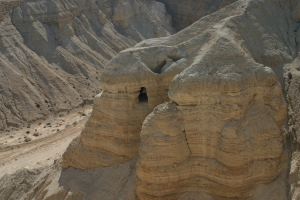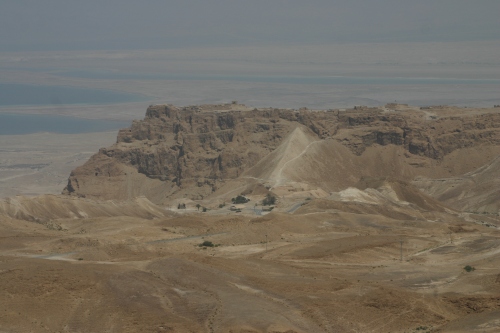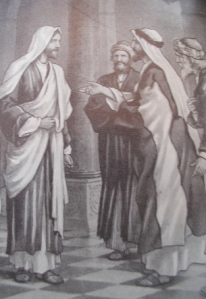The Shema has been called the central prayer of Judaism. You may not know it as the Shema, but if you are a follower of Christ you are probably very familiar with his teachings regarding it. Just as it is for Jews today, the Shema would have been the centerpiece of Jesus’ daily prayers. The Shema consists of three passages of Scripture in the Torah that are prayed every morning and every evening. It was also common to pray the Shema throughout the day. The Shema was so core to the Jewish faith that one would hope to pray the Shema as their last words when dying.
The Shema begins in Deuteronomy 6:4-9 with the words:
Hear, O Israel: The LORD our God, the LORD is one. Love the LORD your God with all your heart and with all your soul and with all your strength. These commandments that I give you today are to be upon your hearts. Impress them on your children. Talk about them when you sit at home and when you walk along the road, when you lie down and when you get up. Tie them as symbols on your hands and bind them on your foreheads. Write them on the doorframes of your houses and on your gates.
Here we find the declaration that there is one God, the LORD, and the command to love him with everything in us. This, Jesus says, is the greatest command (Matthew 22:34-40). It also talks about the importance of remembering God’s commands, of passing them on to the next generation. Here we also see the command for the mezuzah and the tefillin.
The second portion of Shema comes from Deuteronomy 11:13-21.
So if you faithfully obey the commands I am giving you today—to love the LORD your God and to serve him with all your heart and with all your soul- then I will send rain on your land in its season, both autumn and spring rains, so that you may gather in your grain, new wine and oil. I will provide grass in the fields for your cattle, and you will eat and be satisfied.
Be careful, or you will be enticed to turn away and worship other gods and bow down to them. Then the LORD’s anger will burn against you, and he will shut the heavens so that it will not rain and the ground will yield no produce, and you will soon perish from the good land the LORD is giving you. Fix these words of mine in your hearts and minds; tie them as symbols on your hands and bind them on your foreheads. Teach them to your children, talking about them when you sit at home and when you walk along the road, when you lie down and when you get up. Write them on the doorframes of your houses and on your gates, so that your days and the days of your children may be many in the land that the LORD swore to give your forefathers, as many as the days that the heavens are above the earth.
In this portion we read about God’s promise of provision to those who love Him and a warning for those who would turn away and forget His commands. Also we once again see the command to teach the next generation and for tefillin and mezuzah.
The final passage of the Shema comes from Numbers 15:37-41. Continue reading →

 You are probably familiar with
You are probably familiar with 

